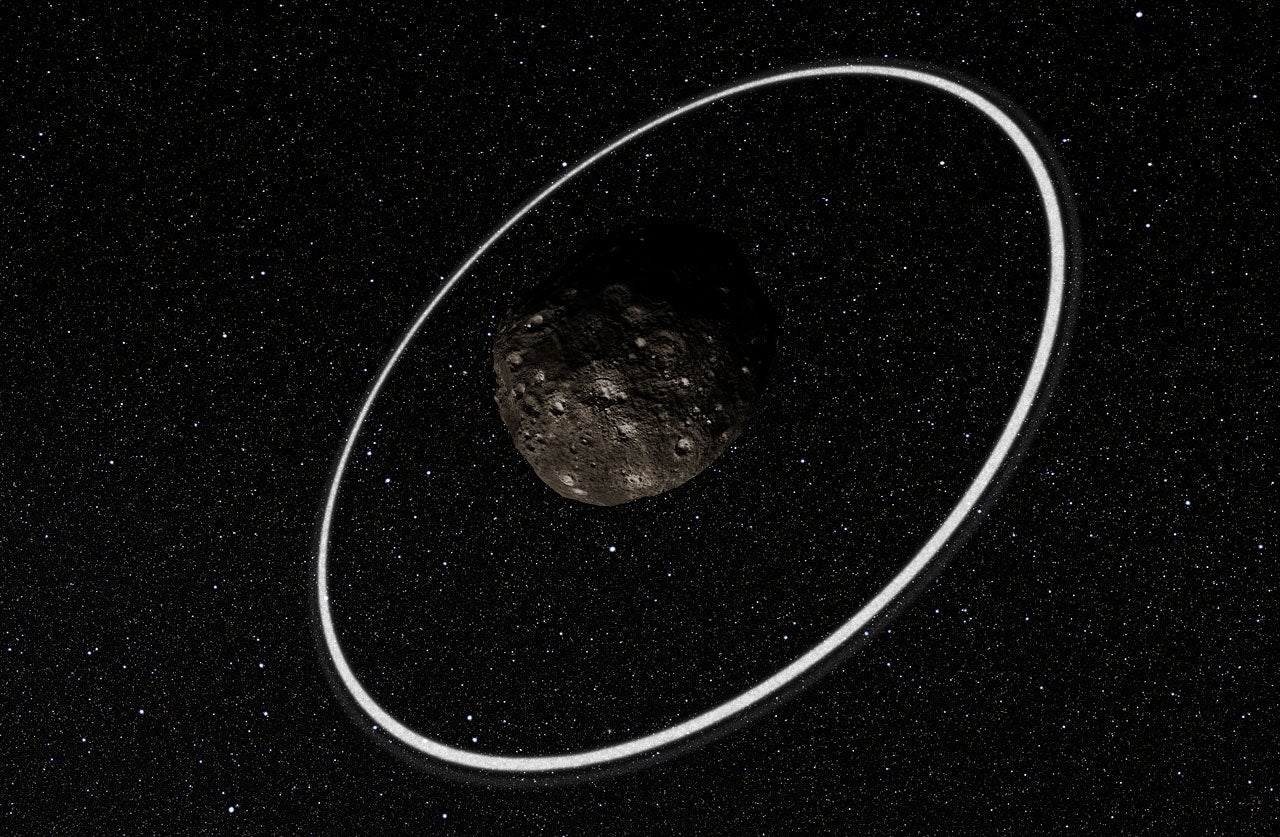
A team of researchers has discovered what causes the rings around two centaurs, minor planets that orbit the Sun between Jupiter and Neptune.
The researchers used computer simulations to test what caused the rings, using factors such as tidal pull, initial spin, the size of the centaur’s core, and the distance of its closest approach to the giant planet.Until the discovery of the rings in 2014, many believed the only celestial bodies with rings around them were the four gas giants: Jupiter, Saturn, Uranus, and Neptune. Researchers took out multiple telescopes during stellar occulation, an event that occurs when a celestial body blocks light from a star, and discovered that rings exist around centaur 10199 Chariklo and, soon after this initial discovery, 2060 Chiron. It is still unknown, though, what caused the rings around these minor planets.Ryuki Hyodo is the lead author of the paper published in the Astrophysical Journal Letters with co-authors Professor Sebastien Charnoz, Project Associate Professor Hildeenori Genda, and Professor Keiji Ohsuki. They started running through possible causes of these rings, including the centaurs being pulled too close to the giant planets due to tidal pull or disruption from the tidal pull.Through the computer simulations, they found that the icy mantle of the passing centaurs are ripped off by a giant planet’s tidal force. The fragments then spread out around the centaur, causing the ring to form.The simulations also show that the rings may be much more common than we expected. It is likely that there are many more centaurs out there with rings or moons, a possibility that excites planetary scientists.Source: Astronomy Now









